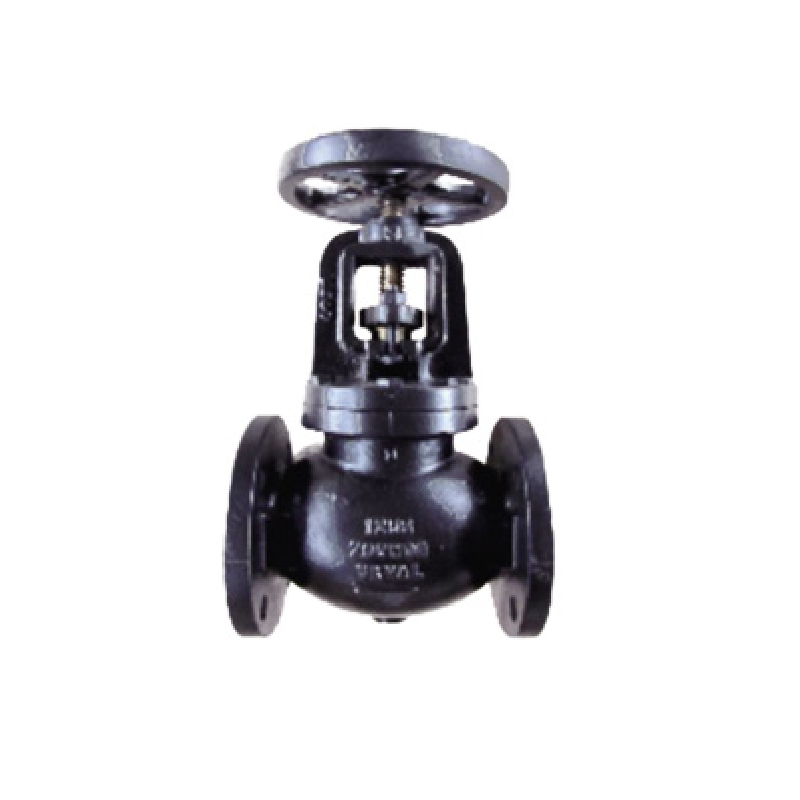سېنتەبىر . 25, 2024 02:23 Back to list
double plate check valve
Understanding Double Plate Check Valves Function, Design, and Applications
Double plate check valves play a vital role in fluid systems, particularly in preventing backflow while maintaining smooth and efficient flow in pipelines. These valves are designed with two plates that open and close based on the direction of fluid flow, offering reliable performance and durability for various industrial applications.
What is a Double Plate Check Valve?
A double plate check valve is a type of non-return valve that utilizes two hinged discs or plates to regulate the flow of liquids or gases in a pipeline. The primary function of these valves is to prevent backflow, which can lead to contamination, system damage, and reduced efficiency. When fluid flows in the intended direction, the plates open, allowing unobstructed passage. However, if the flow reverses, the plates close tightly, effectively sealing the pipeline.
Design Features
The design of double plate check valves involves several important features that contribute to their functionality and performance
1. Compact Design Double plate check valves are typically more compact than traditional swing check valves. Their design minimizes the overall length of the valve, making them easier to install in confined spaces while reducing the weight and cost of the piping system.
2. Low Pressure Drop These valves are engineered to provide minimal resistance to flow, which translates to lower pressure drops across the valve. This characteristic is particularly advantageous in systems where maintaining pressure is crucial.
double plate check valve

4. Durability Constructed from robust materials such as stainless steel, cast iron, or brass, double plate check valves are designed to withstand high pressure and temperature variations. The materials used impart resilience against corrosive environments, ensuring a long service life.
Applications
Double plate check valves find applications across numerous industries due to their reliability and versatility
1. Water Treatment Facilities In municipal water systems, these valves prevent backflow into the distribution system, ensuring clean and safe drinking water for communities.
2. Pumping Stations In pumping applications, double plate check valves safeguard pumps from potential damage caused by reverse flows, which can occur during shutdowns or power failures.
3. Oil and Gas In the oil and gas sector, these valves are crucial for maintaining pressure and preventing contamination in pipelines, thus supporting efficient transport and processing of hydrocarbons.
4. HVAC Systems In heating, ventilation, and air conditioning systems, double plate check valves help maintain the correct flow direction, contributing to overall system efficiency.
Conclusion
Double plate check valves are indispensable components in modern fluid systems, providing an effective solution for preventing backflow while ensuring minimal pressure loss and efficient flow. Their compact design, versatility, and durability make them suitable for a wide array of applications across various industries. As technologies and standards evolve, the role of double plate check valves will continue to be pivotal in enhancing system performance and reliability, demonstrating their significance in fluid control engineering.
Share
-
Reliable Wafer Type Butterfly Valves for Every IndustryNewsJul.25,2025
-
Reliable Flow Control Begins with the Right Ball Check ValveNewsJul.25,2025
-
Precision Flow Control Starts with Quality ValvesNewsJul.25,2025
-
Industrial Flow Control ReliabilityNewsJul.25,2025
-
Engineered for Efficiency Gate Valves That Power Industrial PerformanceNewsJul.25,2025
-
Empowering Infrastructure Through Quality ManufacturingNewsJul.25,2025